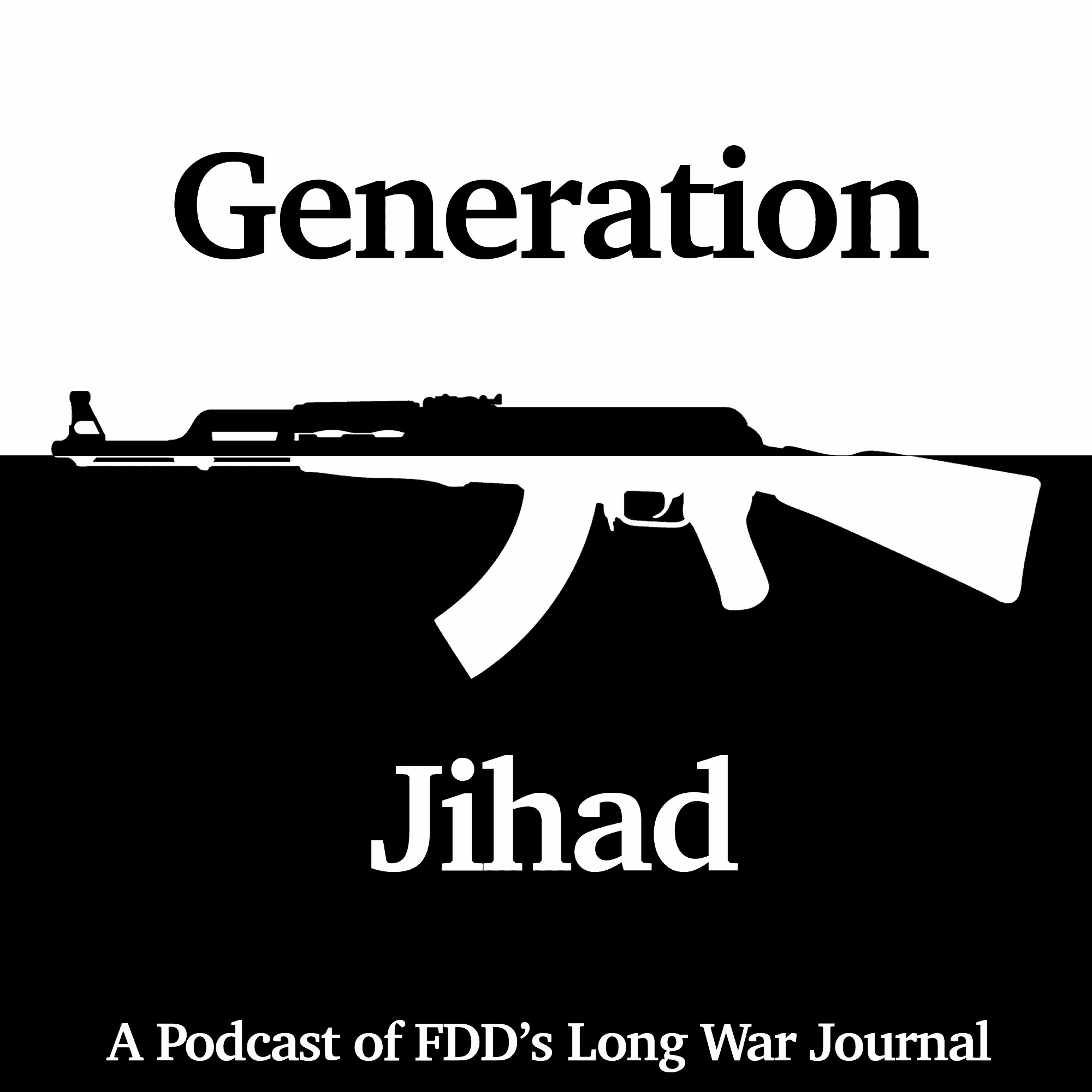
Generation Jihad Ep. 79 — An update on the Islamic State
Bill is joined again by Edmund Fitton-Brown and Caleb Weiss to take a look at the current global footprint of the Islamic State.

Bill is joined again by Edmund Fitton-Brown and Caleb Weiss to take a look at the current global footprint of the Islamic State.
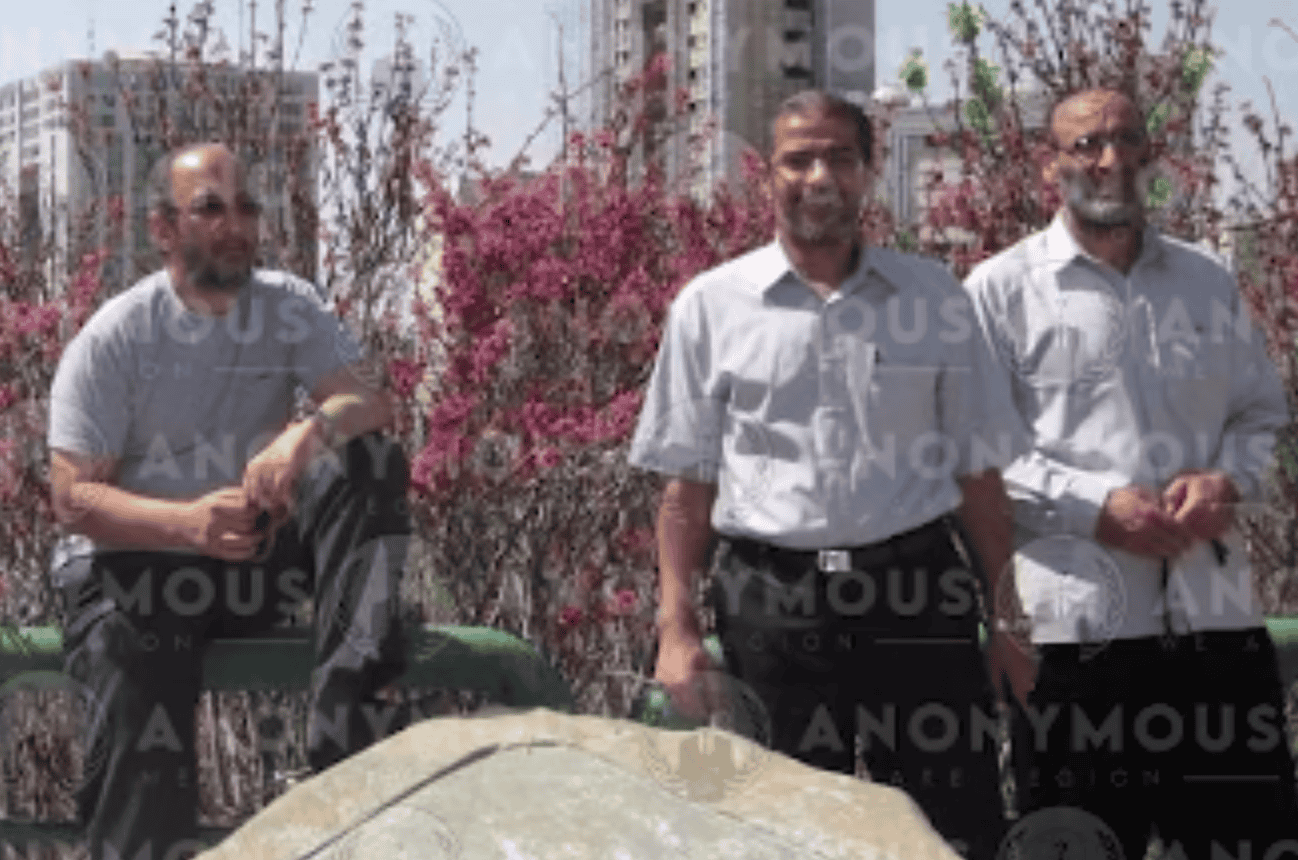
FDD’s Long War Journal confirmed the authenticity of a photograph of senior Al Qaeda leaders Saif al Adel, Abu Muhammad al Masri, and Abu Abu al Khayr al Masri in Tehran, Iran, circa 2015. Saif al Adel may be the next leader of Al Qaeda.

Friend of the show LTG (Ret.) H.R. McMaster joins Bill once again to discuss America’s botched withdrawal from Afghanistan one year ago. Despite overwhelming evidence to the contrary — including an ongoing close relationship with al Qaeda, the United States designated the Taliban as “partners in peace” and handed the terrorist group keys to a state apparatus. Afghanistan fell and became the Islamic Emirate of Afghanistan. But it didn’t have to.
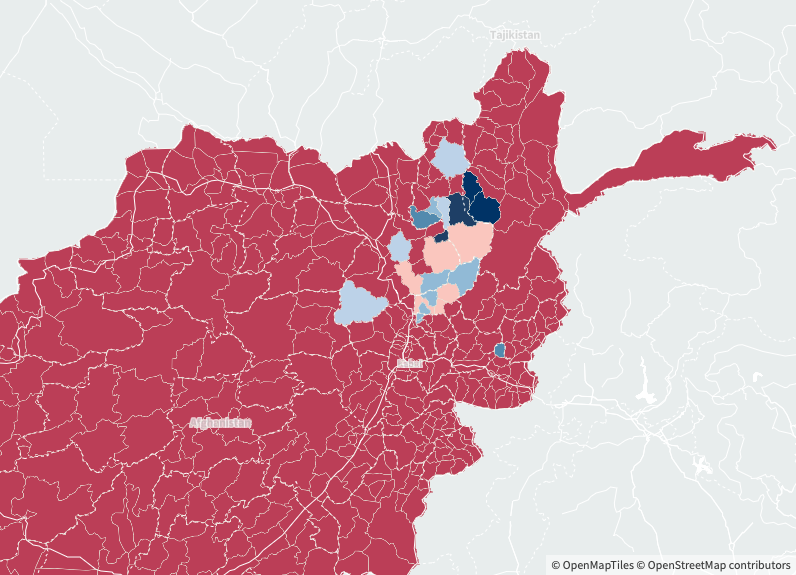
One year after America’s chaotic withdrawal from Afghanistan, resistance to the Taliban’s brutal regime has organized in northern Afghanistan and is beginning to challenge the Taliban’s primacy. FDD’s Long War Journal is mapping the resistance activities.

Sirajuddin Haqqani, who at the time was the operational commander of the Haqqani Network, was joined by his brother Badruddin Haqqani, Qari Zakir, the Taliban’s chief of suicide bombers, Mullah Sangeen Zadran, a dangerous Haqqani leader, and Ghani Muhammad, an Al Qaeda-linked military commander based in Pakistan, in the video. They give a send off to the suicide assault team that attacked Forward Operating Base Fenty on Nov. 12, 2010.
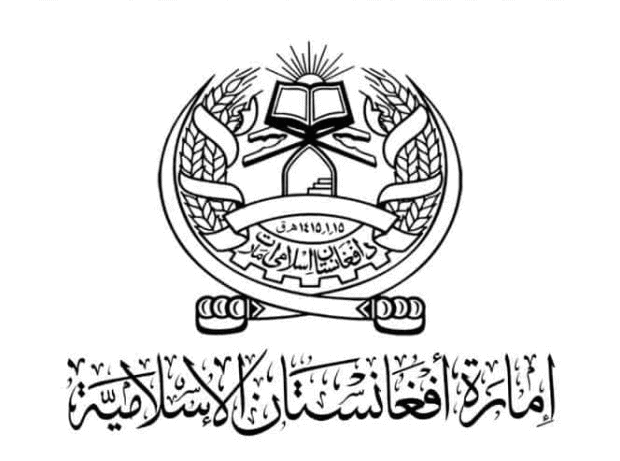
Zakir’s appointment to lead the fight against the National Resistance Front (NRF) in Panjshir and the district of Andarab in the neighboring province of Baghlan is a clear indication that the NRF is challenging the Taliban’s primacy in central and northern Afghanistan. Zakir is a capable military commander.

In this episode, Bill interviews John Batchelor, host of CBS Eye on the World with John Batchelor. Bill has been a regular on John’s radio show for more than a decade and considers him a mentor and friend. They discuss the Long War and how September 11, 2001 shaped both of their careers.

Jamaat-ul-Ahrar and Movement of the Taliban in Pakistan leader Omar Khalid Khurasani, who is believed to have given sanctuary to Ayman al Zawahiri in the past, has called for global jihad, attacks on the US, and the establishment of the caliphate, and celebrated the Sept. 11, 2001 attacks on the U.S. He is reported to have been killed in a district in Afghansitan that has hosted an Al Qaeda training camp in the past.

Bill is joined again by Jonathan Schanzer, senior vice president for research at FDD, and by Joe Truzman, research analyst at FDD’s Long War Journal, to discuss the latest round of violence that emanated from the Gaza Strip this weekend and eventually resulted in an Egyptian-brokered ceasefire. They also unpack details about the terrorist group behind the escalation, Palestinian Islamic Jihad (PIJ) — including where they get their weapons, training, and funding (spoiler alert: it’s Iran).

Edmund Fitton-Brown — outgoing coordinator of the UN Security Council Analytical Support and Sanctions Monitoring team and longtime friend of the show — joins Bill to discuss the killing of Al Qaeda emir Ayman Zawahiri, who died in a U.S. drone strike last Sunday.

Zawahiri’s death is being hailed as a counterterrorism success, but that masks the fact Afghanistan has become a safe haven for top Al Qaeda leaders.

In this episode, Bill flies solo and expands upon his recent article in FDD’s Long War Journal, “Ayman al Zawahiri is alive; Taliban and Al Qaeda ‘remain close,’ UN reports,” noting that reports today (August 1, 2022) of Zawahiri’s death inside of Afghanistan underscore the country’s role as a safe-haven for Al Qaeda.
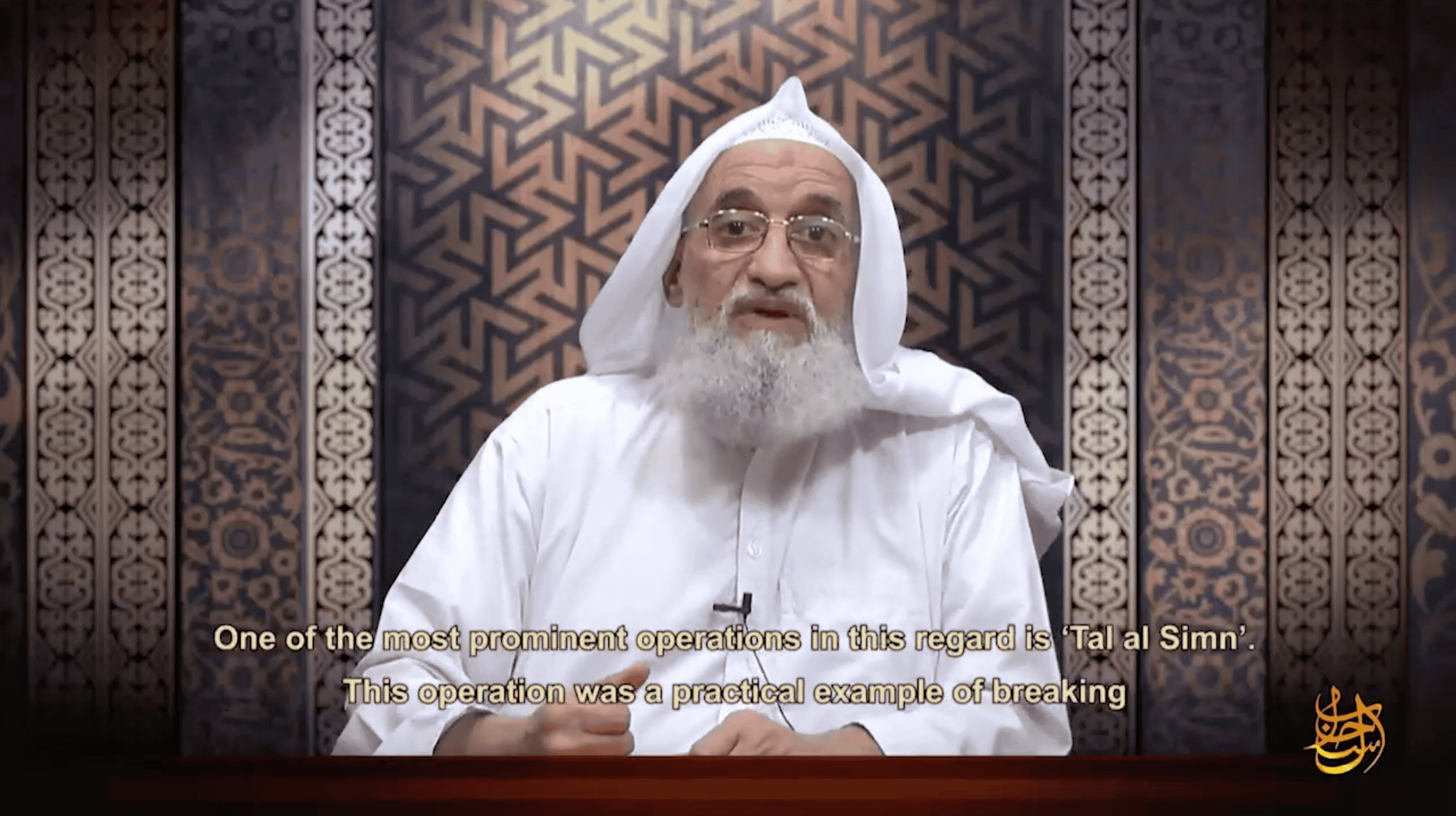
Zawahiri lives. The Taliban-Al Qaeda alliance remains strong. The leaders of Al Qaeda’s branches in North and East Africa have assumed roles in Al Qaeda’s line of succession.
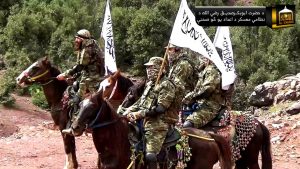
This policy both limits the effectiveness of anti-Taliban resistance and reduces the U.S. military and intelligence communities’ ability to monitor and strike Al Qaeda, the Islamic State and other regional and global terror groups based in Afghanistan.
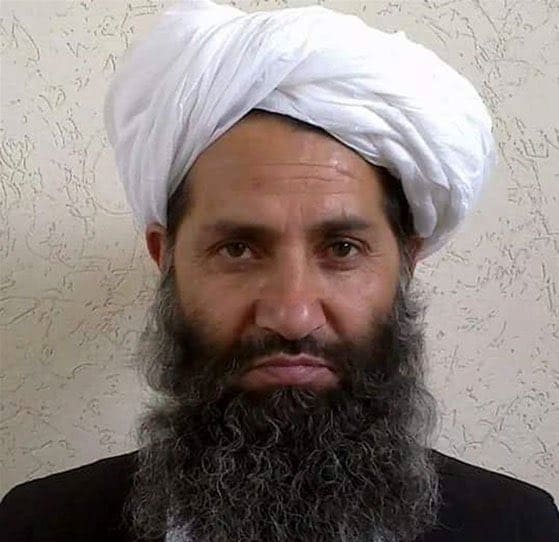
The Taliban has made this false statement for decades, even prior to 9/11. And yet foreign terror groups continue to operate in Afghanistan to this day.
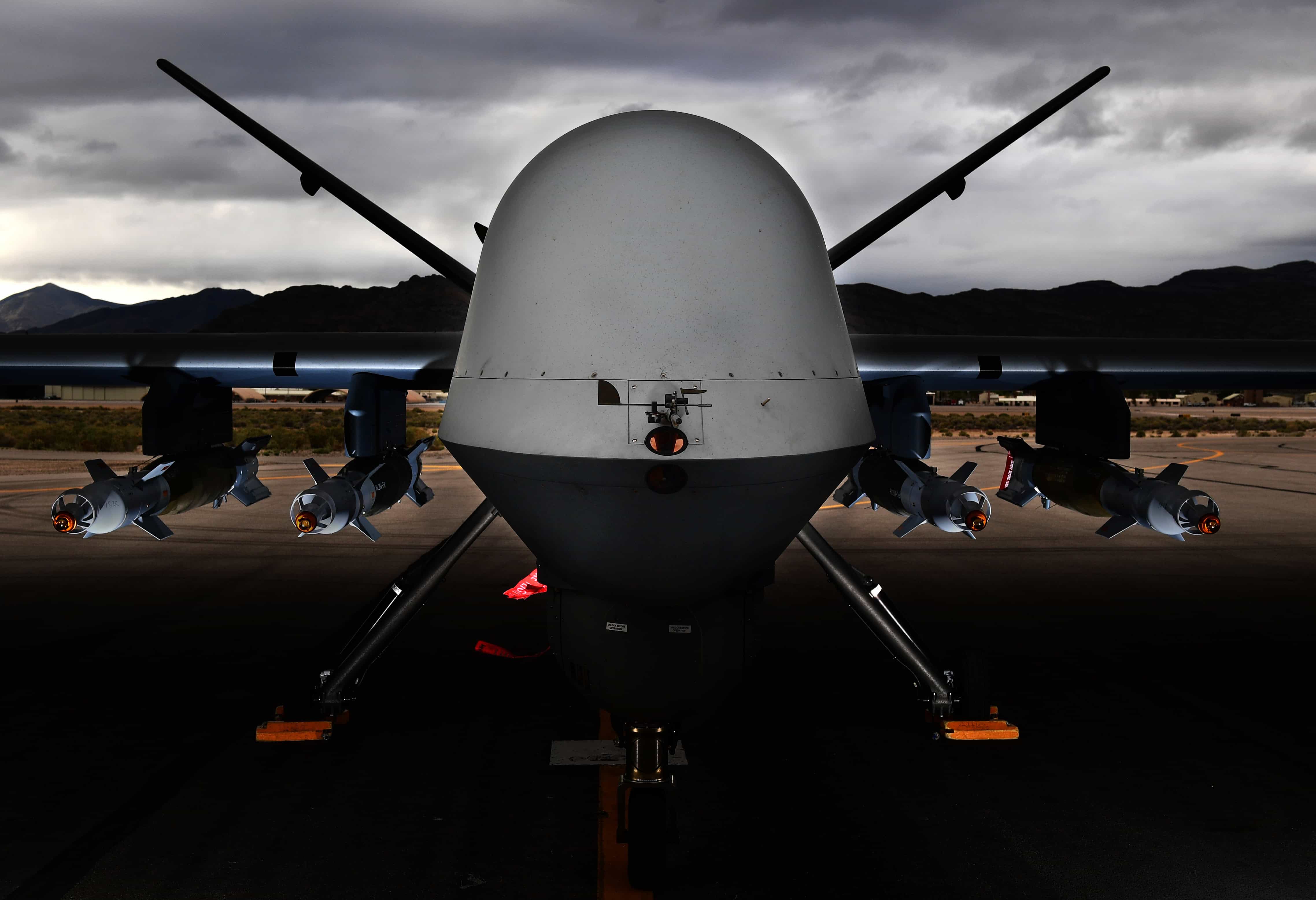
Abu Hamzah al Yemeni, a senior leader and military commander in the Al Qaeda-linked Hurras al-Din, was the target of the strike. CENTCOM claims he was killed, but al Yemeni was also reported killed in a U.S. strike in Sept. 2021.
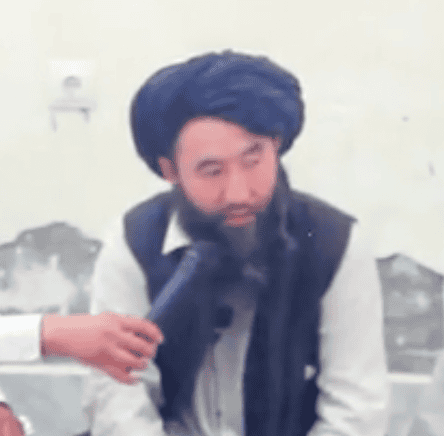
The presence of Abdul Haq al Turkistani, a veteran Al Qaeda leader, in Afghanistan contradicts the Taliban’s claims that there are no foreign fighters based in the country.

The U.S. military continues to recycle stale estimates of Al Qaeda’s strength in Afghanistan, and elevate the Islamic State as a greater threat.

The Haqqani Network, an integral part of the Taliban whose leader, Sirajuddin Haqqani, is the Taliban’s deputy emir and minister of the interior, is reported to have facilitated the negotiations.

Host Bill Roggio is joined by FDD Senior Vice President for Research Jonathan Schanzer and Long War Journal’s Joe Truzman to discuss some of the latest and most pressing news from Israel — including the death of Al Jazeera reporter Shireen Abu Akleh.

Host Bill Roggio briefs listeners on some of the latest news related to Afghanistan — including a few buried headlines you might have missed.

In just under three weeks, the most recent string of terrorism to strike Israel has so far included four high-profile attacks that left 13 dead and many more injured across Israel — including in heavily-populated civilian areas like Be’er Sheba and Tel Aviv. Just yesterday, a terrorist opened fire on civilians enjoying an evening out on Tel Aviv’s famous Dizengoff Street, known for its bustling nightlife. We’re approaching almost one-year since the 2021 Gaza Conflict. Is any of this related? Who is responsible? Are these lone-wolf attacks? Have any jihadi groups claimed responsibility? Should we believe them? To make sense of what’s happening, host Bill Roggio is joined by Long War Journal’s Joe Truzman to unpack and analyze the latest information from a variety of sources.

Host Bill Roggio is joined by two Long War Journal regulars, Caleb Weiss and Andrew Tobin, to give listeners an update on what’s happening on the ground in Africa from the Sahel — including that more than 400 Malians have been slaughtered in under one month — to “elections” and Shabaab attacks in Somalia.

Host Bill Roggio is joined by FDD Senior Fellow Behnam Ben Taleblu to discuss America’s inability, or refusal, to understand its enemies and adversaries. In particular: how the Islamic Republic of Iran’s continued brazenness in targeting American security interests — including its latest missile attack in Iraq just days ago — cannot deter the United States from continuing to engage in nuclear negotiations (vis-a-vis the Russians, no less) with the world’s leading state-sponsor of terror.

Host Bill Roggio is joined by Commander Salamander, a retired U.S. Navy Commander. Since 2003, like Bill, Sal has been closely tracking and analyzing military issues on his “Commander Salamander” blog and is widely seen as a trailblazer in the arena. The two discuss the ongoing war in Ukraine following Putin’s invasion.

Bill Roggio provides an update on the current situation in Ukraine following Russia’s invasion, including a clear-eyed and sober analysis of what’s actually happening on the ground. Bill reminds listeners that the West must understand the enemy and how — if we want to help Ukraine — we must be honest about its predicament.

Host Bill Roggio is joined by Hussain Haqqani, South and Central Asia Director at the Hudson Institute and Pakistan’s former Ambassador to the U.S., for an update on Pakistan — from the Taliban’s victory in resurrecting the Islamic Emirate of Afghanistan to the Pakistani state’s hospitality for jihadis and possible future scenarios for Pakistan, its neighbors, and the region.
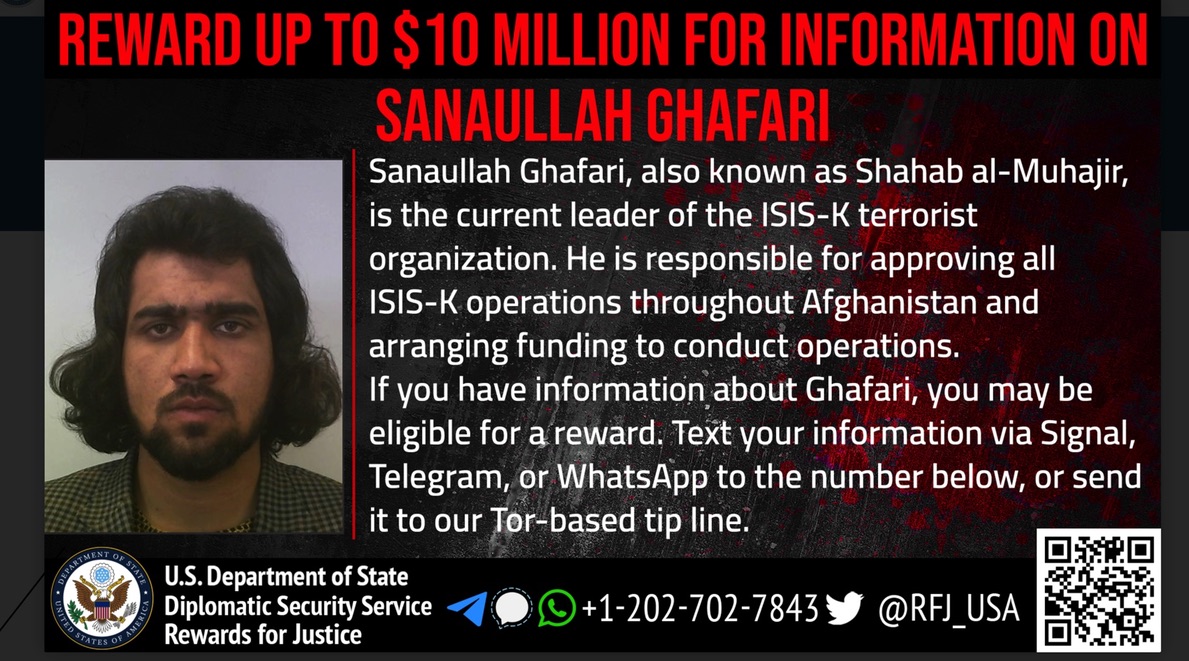
Sanaullah Ghafar, who is also known as Shabab al-Muhajir, has been identified as an “ambitious new leader” of the Islamic State Khorasan Province. His challenge is to hold off the vastly superior Taliban, which controls Afghanistan.

Bill Roggio is joined by Edmund Fitton-Brown, Coordinator of the United Nations Security Council Analytical Support and Sanctions Monitoring Team, to discuss the findings from his team’s latest report on the statuses of ISIS and al-Qaeda.

Bill Roggio is joined by FDD’s Senior Vice President for Research Jonathan Schanzer to have a wide-ranging discussion about the Islamic Republic of Iran’s role as the world’s largest state-sponsor of terror — ranging from its illicit nuclear program to its destabilization of the region via its proxy terrorist groups.